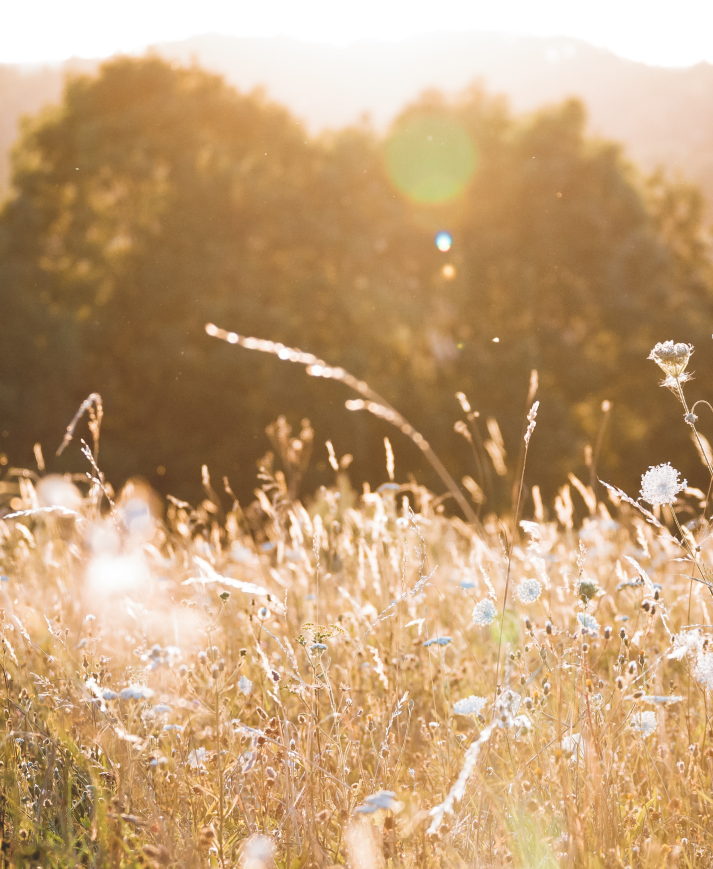Giving Back
About Plantlife
Plantlife works within the UK and abroad to preserve endangered wildlife, plants and fungi. Their conservation experts work tirelessly to save rare plants and to create environments where vegetation can thrive in the future. In other words, Plantlife doesn’t just work with wildflowers – they also work towards preserving clean air and water, lowering carbon emissions, and finding sustainable use of resources.
They can’t do this alone, so they team up with businesses, landowners, conservation groups, community organisations and governments. Plantlife has 11,000 members and patrons – including the Prince of Wales – and they own a colossal 4,500 acres of nature reserve across the UK.
They also work with other organisations, such as Planta Europa (a network across Europe of over 60 plant conservation groups). Plantlife played a large role in creating the Global Strategy for Plant Conservation, which is now being fed into government policies around the world.



How does Plantlife help wildflowers?
How does Plantlife help wildflowers?
Although Plantlife works with a wide variety of plants within the UK, a large part of their work is based around wildflowers. Fostering healthy and thriving environments for wildflowers and pollinators alike is vital to preserving our natural ecosystem.
For every pack of Meadows Honey sold, Plantlife will plant 300 wildflowers on our behalf. This is where we decided to focus our giving back efforts. We know how important these wildflowers are for bees and this means they’re incredibly important to us too.
Why are wildflowers important?
Wildflowers provide food for insects and pollinators. These pollinators are vital to our local crops – fruits and vegetables such as strawberries, raspberries, cherries and apples. Not only do they help to pollinate the crops which allows them to grow and bear fruit, they also fight against pests which cause harm to our crops. Without the natural wildflowers and pollinators, farmers would need to use more pesticides and rely on time-consuming and expensive artificial pollination.
Native wildflowers also contribute to modern medicine – some flowers contain useful compounds. For example, the chemicals naturally found in foxgloves can be used to treat heart disease.
How do wildflowers help the environment?
The importance of wildflowers to the environment extends from the colourful flowers that we see, smell, and enjoy, all the way down to the roots hidden in the ground.
Wildflower meadows that have had a chance to flourish have very complex root systems. This, in turn, creates very stable soil that ensures heavy rainfall does not wash away the naturally occurring nutrients.
When there is no root system in place to hold the nutrients in the soil, large amounts of rain can cause the nutrients to be washed down to the nearest water source. If too many nutrients end up in the nearest water source, such as a lake or a pond, an excess of algae begins to grow which takes up all the available oxygen – leaving an inadequate amount for fish and other marine life.
A more obvious benefit of wildflower meadows is the food they provide to insects and other pollinators. Pollinators are provided with sustenance and a place to shelter and breed. In return, they help these beautiful floras to flourish in other places by pollinating the wildflowers so that they can grow and distribute seeds.
In the colder winter months, when there is more food scarcity, wildflowers also provide an important source of sustenance for small mammals and birds.

The difference between native wildflowers and other types of wildflowers
Native wildflowers are defined as originating in a given area without human involvement. In other words, native wildflowers are naturally found in the UK – in contrast, non-native wildflowers were introduced from elsewhere (normally by humans).
While non-native wildflowers are not inherently bad, they can impact native wildflower species negatively by forcing them to compete for resources like water, available space, and pollinators. Some new species also carry diseases, which threaten the native species.
Why are native wildflowers important?
Native wildflowers in the UK have evolved and developed for many years in the environment and climate that is specific to the UK.
Because they have grown alongside the native wildlife here, the wildflowers and the other organisms and animals in the ecosystem are optimised to help each other.
For instance, native wildflowers are perfectly shaped and coloured to attract pollinators that are native to the UK. This is significant because some pollinators and insects are very particular about where they like to eat. They rely on the wildflower species for their survival.
How can I help the wildflowers?
Many people aren’t aware of how important wildflowers are to our ecosystem, so sharing what you’ve learned with the people around you is a great way to start.
You can also help the wildflower population recover in the UK just by purchasing Meadows Honey. You can go even further by planting seeds in your garden and maintaining them each year. Plantlife sell a wide variety of seeds for garden use, which can be found here.
If you would like to grow your own wildflowers, it is recommended that they are planted in the autumn (September-October) or in spring (April-May). While these are the optimal times to sow the seeds, you can technically sow them any time of the year (but winter is not advisable).
Wildflowers do need to grow where nothing else is already growing, and unlike grass and other garden flora they prefer empty space and poor soil conditions to fertilised soil. Therefore, the best way to add a meadow to your garden is by creating space for a bed or sowing the seeds in a border you have cleared around your lawn. Ensure that you remove any existing debris and other plants before sowing the seeds.
Your wildflower garden will look different every year! Many factors affect the growth and appearance of wildflower meadows, including temperature, the condition of the soil and the space available. In addition, some wildflowers are annuals and some are perennials. Perennials take a little while to establish themselves, but after that they reappear each year. Annuals generally only appear once, but with some assistance they can reappear the next year. To help with the return of your annual wildflowers, you can mow or cut the wildflowers down at the end of their season and use your wellington boots or a roller to split the seeds up, encouraging them to get back into the soil. This will greatly encourage all your wildflowers to show again the next year.







